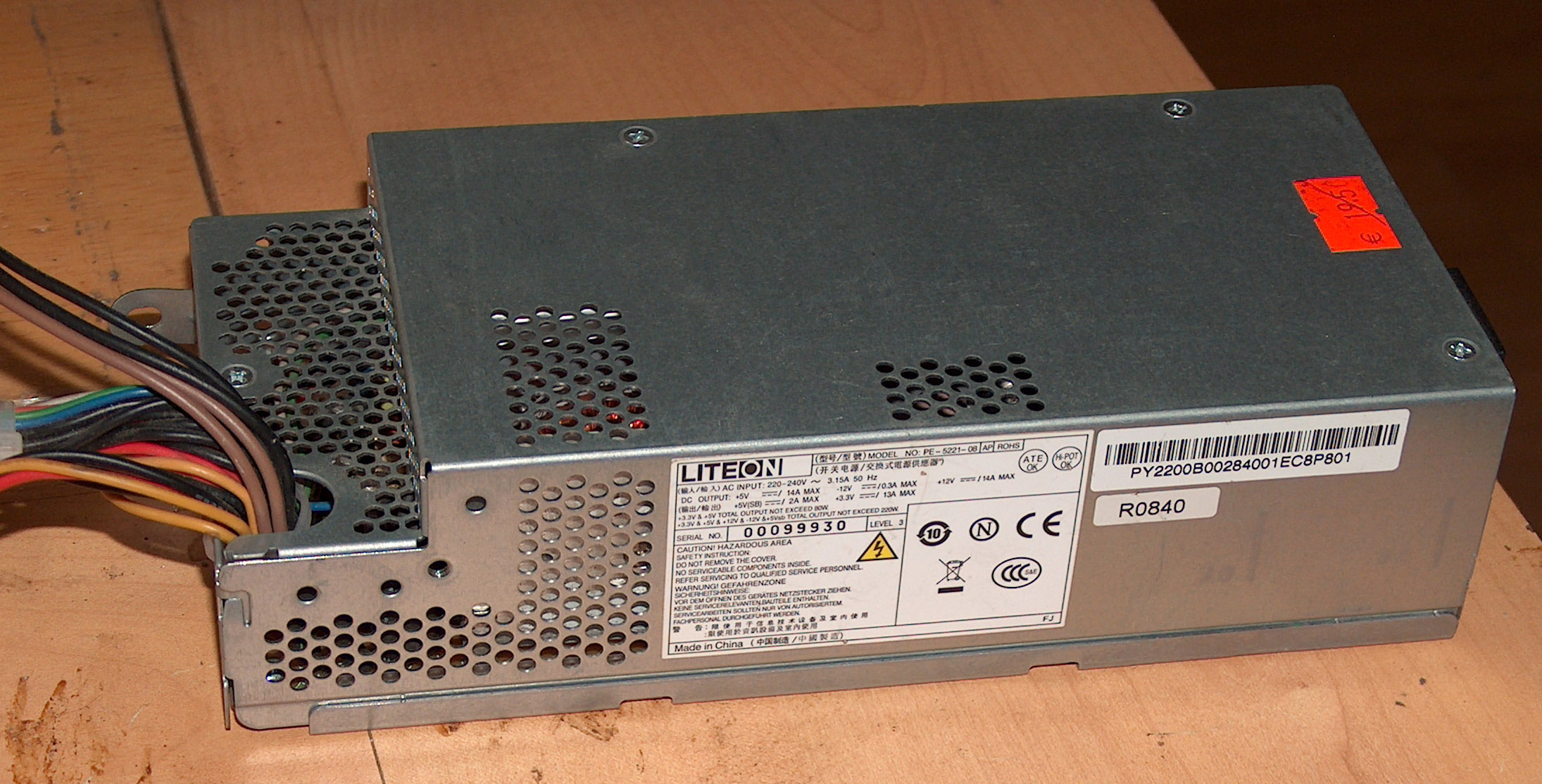APPLEBOX
Apple Power Supply upgrading Story
|
|
Working with the computers of the
Apple II series ( II+, //e or IIGS ) is usualy quite full with
pleasure ... untill you start to enhance those systems with a
couple of Interface- or expansioncards..... specially if you
start to raise the amount of memory or if you start to eqip your
computer with additional floppydrives or use coprocessorcards
with additional memory ( unlike the simple "Softcard" with the
Z80 Processor ) you will find out that the inside of the apple
will slowly turn into a stove heating the entire area around the
computer and you will also find out that the system turns to a
rather instabil status - causing unpredictable crashes and
freezes... The normal reason
for this is the unsatisfying problem of a weak powersupply in
the applesystem. This problem is related to all computers
throughout the entire series.... Years later the switching-power-supplies started to "shrink" dramatically and the power raised at the same time dramatically.... The first powersupplies for the IBM-systems provided a summary of 120 Watt the next generation offered 150 Watt and few years later the supplies commonly offered 250 to 350 Watt (summary-) power. Nowadays in the same cases powersupplies with 450 Watt to 550 Watt are usual. In the same time the cases of those powersupplies started to shrink in size and became smaller and smaller...... Some "slimline"-systems have realy tiny liitle switching-power-supplies in this days..... So i for example started few years ago
to collect the cases of old powersupplies from Apple II clones
just to get an amount of cases for power-supplies that fit in
the Apple III series computers..... i really didnīt bother if
those supplies were working or not ... i just wanted the cases
and the electronic inside the cases went to the recyclingyard. Thereafter at home again i warmed up my
solderingiron and did a small "heart-transplantation" by moving
the interior electronics from the PC-supply into the case of the
apple-power-supply-case from those collected apple-taiwan-clone
computers. |
|
||||||||||||||||||||||||||||||||||||||||||||||||||||||||
To explain the difference of the power of such a supply after the "heart-transplantation" examine the table below: ( the applepowersupply offers 65 Watt while the LITEON-powersupply offers 200 Watt ! ) |
||||||||||||||||||||||||||||||||||||||||||||||||||||||||||
|
||||||||||||||||||||||||||||||||||||||||||||||||||||||||||
here is a picture ( as example ) of such a PC-system slim-line-power-supply from LITEON with 200 Watt:  |
||||||||||||||||||||||||||||||||||||||||||||||||||||||||||
|
||||||||||||||||||||||||||||||||||||||||||||||||||||||||||
| So after removing the electronics of
the LITEON-power-supply out of its case i first equip the
apple.power-supply-case with isolating plastic to make sure that
there is no contact between the PCB of the power-supply to the
powercase of the applesupply. Before this is done there
have been drilled the needed holes to fit the PCB in the
applepowercase and the PCB is mounted using
plastic-distance-holders to make sure that the PCB has a firm
seating and remains without contact with the case of the supply
itself. Thereafter the cables of the ATX-powersupply-plug are carefully unsoldered and replaced with the according apple-powersupply-plug line by line. The colorsqares in the table of the ATX-table indicate the canlecolors ! see the drawing below !
If the voltages including also the - 5 V
and -12 Volt are all O.K. - enjoy the new powersource for your
apple II series computer - otherwise check and review all
connections. The picture below shows a modified powersupply: |
||||||||||||||||||||||||||||||||||||||||||||||||||||||||||
 |
||||||||||||||||||||||||||||||||||||||||||||||||||||||||||



